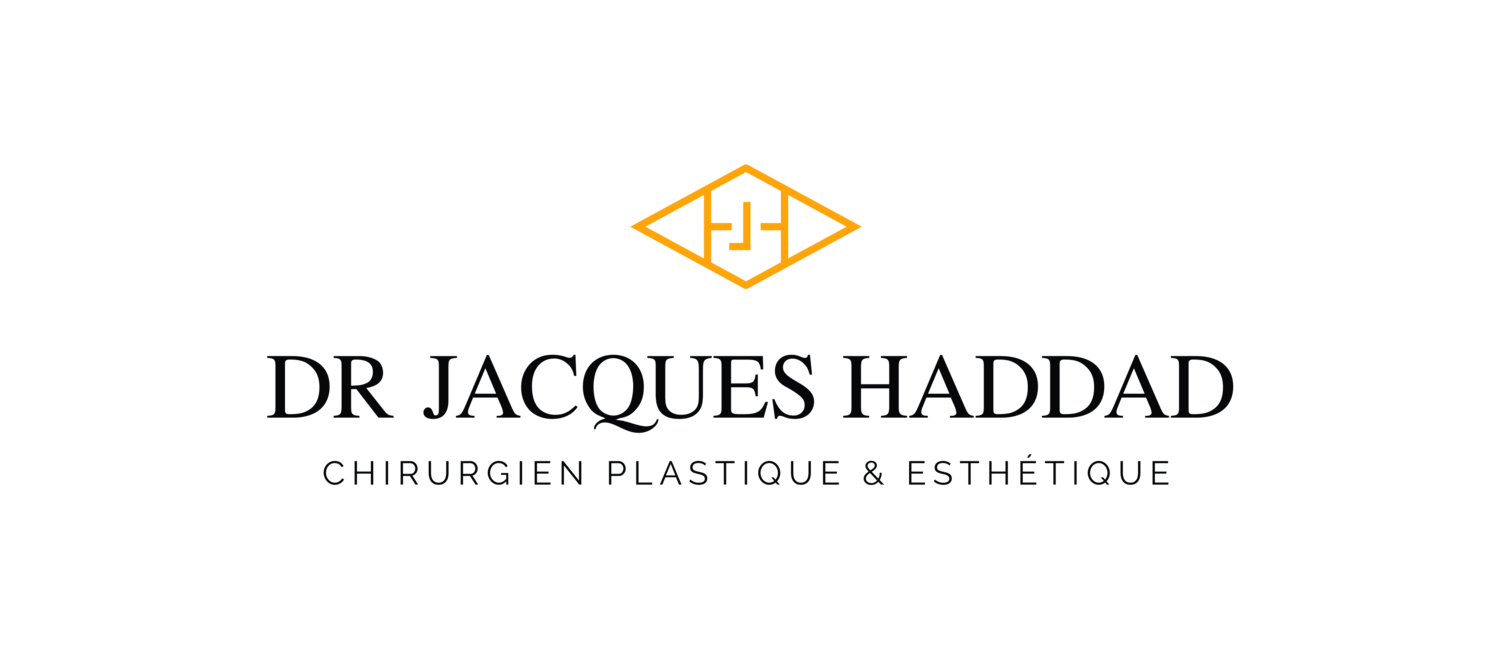
Facial Surgery
-
Forehead surgery is sought after by patients who are bothered by the development of wrinkles and a sagging forehead that obstructs the eye opening. Forehead reshaping is necessary to raise the eyebrows to their original position. The surgery allows the dimensions of the forehead to be harmonised with the rest of the face.
Patients can expect: a forehead with fewer wrinkles, a more normal (higher) eyebrow position and a more youthful looking eye.
For more information on brow lift or to see before and after photos of Dr. Haddad's patients, click here.
-
Eyelid surgery is intended for patients who have a tired appearance in the face or aging in the eyes. The following signs are corrected by this surgery: wrinkles, folds, dark circles, swollen eyes, sagging, crowding and loss of eyelid tone.
Patients can expect to eliminate upper eyelid congestion, which allows for easier application of make-up. Eyelid surgery also improves the visual field. It gives a younger, brighter and clearer look, especially when combined with a forehead lift. Surgery is most often used to reduce dark circles. It can be combined with a correction of sagging cheeks and other facial rejuvenation surgeries.
For more information on blepharoplasty or to see before and after photos of Dr. Haddad's patients, click here.
-
Facial surgery is aimed at patients who show signs of ageing and want a more youthful facial appearance. This is illustrated by a lowering of structures such as the cheekbones, nasolabial folds and cervical bands. In other cases, it is manifested by the appearance of wrinkles and folds in the forehead, around the eyes, cheeks and neck or by the face becoming hollow.
The patient can expect facial rejuvenation by repositioning sagging facial structures and reducing wrinkles.
For more information on the lower face lift or to see before and after photos of Dr Haddad's patients, click here.
-
Nose surgery is intended for patients with nasal deformities such as a hump, deviation of the nose, asymmetry or a nose that is out of proportion with the rest of the face. Patients should have realistic expectations of improvement and not perfection in the result.
We can expect to improve the imperfections of the nose. Thus, an improvement in deviation, hump, dimensions, profile and breathing. The surgery allows the nose to be harmonised with the rest of the face, especially with the chin.
For more information on rhinoplasty or to see before and after photos of Dr. Haddad's patients, click here.
-
Cervicoplasty or neck lift is a technique that consists of removing excess skin from the neck through a medial or retroauricular invision (behind the ears).
Surgery can be combined with forehead surgery, eyelid surgery, skin treatments (e.g. dermabrasion), or chin implants to harmonise the face. It is usually performed under a mild anaesthetic (sedation).
For more information on neck surgery or to see before and after photos of Dr. Haddad's patients, click here.
-
Ear surgery is intended for patients with severe ear detachment.
Improved position and projection of the ears.
For more information on ear surgery or to see before and after photos of Dr. Haddad's patients, click here.
-
Facial implants are for the patient who feels the need to harmonise the proportions of their face. Often the surgery is combined with other procedures such as lower face lift or nose surgery. The most common area treated with this method is the chin.
The patient can expect to have an improved profile and a more balanced and proportionate facial contour.
For more information on breast augmentation or to see before and after photos of Dr. Haddad's patients, click here.
To listen to some computer animated videos about facial surgery, click here.
As an official Crisalix surgeon, Dr Haddad is pleased to be able to offer this 3D modelling software to his patients during the consultation.
This will allow you to visualize your possible outcomes and better understand your treatment options. Following your appointment, you will receive an email link that will allow you to view your images and communicate with Dr. Haddad, if necessary. This will allow you to make a more informed choice before proceeding with your surgery.

